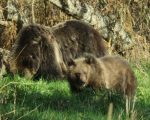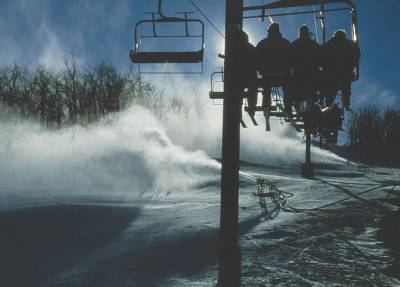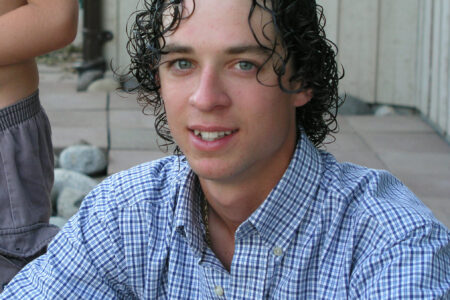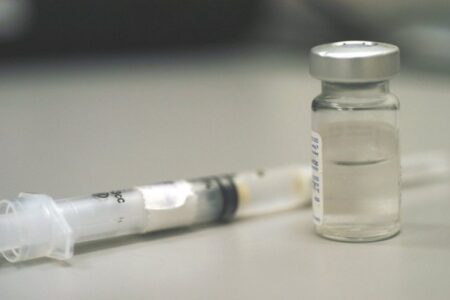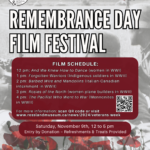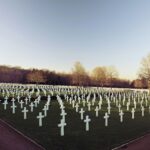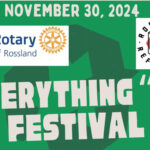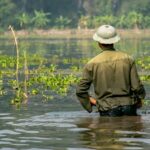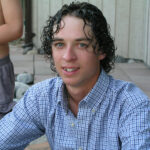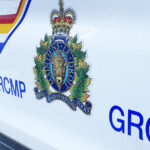Red Mountain Racers dust off plans to blow snow on the shoulder season
The Red Mountain Racers (RMR) want a jump start on the ski season and, by October of next year, they hope snow guns will plaster Red for pre- and post-season training, world class ski competitions, and a guaranteed low-altitude base for the rush of skiers on Christmas vacation.
Head coach Phil Patterson and RMR president Don Stevens attended council on Monday evening to ask the city for a letter of support as they apply for grants to drum up $10,000 to revive and update a $25,000 engineering study that was done in 2005 on the feasibility of snowmaking at Red. The new study will consider water supply options, advances in snowmaking equipment, and the full facility design.
In “phase 2,” the group plans to raise approximately $2 million for the “Athletes Training Facility,” complete with a multipurpose building and the snow machines necessary to get 10 training lanes and the terrain park up and running by November every year. They’ve targeted Oct. 31, 2013, for completion—a map is attached below.
By the time nature’s snow is ready on Red, it’s typically around mid-December and important races have already begun earlier in the month. Consequently, November is a really important month for ski training, Stevens told council.
With snowmaking, Stevens expects pre-season training to draw approximately 5000 athletes to Rossland who would normally head off to other resorts for training lanes. Post-season training also becomes a viable option with snowmaking, he said, and that’s increasingly important to the racing community.
In 17 years as a coach at Red Mountain, Patterson said one of his main tasks has been to organize pre-season trips for Rossland’s young racers. “Every single place I’ve gone fills up pretty quickly,” he said.
Patterson said long lines of more than a hundred racers queued up for a single training lane are not uncommon, and RMR is right in the pack at Apex, Panorama, Whistler, Nakiska, Norquay, Kananaskis, or Mount Hood, looking to squeeze in early season training.
“The demand is there,” Patterson told council, and he said racers would travel to Rossland from all over the world if similar pre-season turns were available at Red.
The facility, Stevens argued, will be an important economic draw to Rossland for several other reasons. For one, the Red Mountain Academies in snowboarding and alpine and freestyle skiing would benefit enormously from early season training, he said, noting how potential academy students have chosen other ski towns due to the lack of early training.
Perhaps the biggest benefit would be Red’s ability to get back on the FIS (International Ski Federation) circuit of Nor-Am and World Cup races. These competitions bring in about 400 to 600 people for four to six days, putting lots of “heads-on-beds” as Tourism Rossland has documented in its annual report on accommodation revenue.
Although Red used to be on these circuits, it now only hosts races for younger skiers—under-14 provincial races—for whom the guarantee of optimal snow conditions is not as important.
Stevens took the opportunity to recall Red’s long history, a history in which Stevens himself was a significant player. He joined RMR as a six year old and moved up to the BC ski team, and then Canada’s national alpine ski team. He went to the 1988 Calgary Olympics as part of Canada’s four-man team, competing in both downhill and slalom. Having skied at 110 ski areas around the world, he said he has insight into the “unique advantages” of Red Mountain.
Foremost among these advantages, he said, is that all of the ski race runs from the Face of Red over to the T-bar are visible from the deck of the main lodge, or from behind the big glass in the warmth of the conference room. Parents like this a lot, Stevens said, because they are able to watch all their children race simultaneously.
Looking back at RMR’s history, Stevens said, “We’ve managed to put 37 people on the National Alpine Ski Team. Of those, we’ve had 12 people compete in the Olympic Games. We’ve had two Olympic gold medals—Kerrin Lee and Nancy Greene—one Olympic silver medal, 27 World Cup medals, two World Cup titles, and we’ve managed to host 27 National Championships [and two World Cups] here.”
“When I was racing in the 1980s and 1990s, we were holding high level races—national championships and what would be called Nor-Am races, one level below World Cup—pretty much on a yearly basis,” he said. “We’re not able to hold those races any more because our snow conditions are variable. They look at that and say, ‘We want to have a very consistent base to compete on.'”
“We have an existing, internationally recognized race venue, fully-homologated race courses, a strong race culture, and the experience to host large scale events,” RMR wrote to council. The only obstacle to meeting Red’s full potential as a race venue, they argued, is guaranteed snow.
Council will usually not make any decision based on a delegation’s presentation until the following council meeting, but exceptions can be made when council support is unanimous. Council made just such an exception on Monday and voted immediately to draft the letter of support for RMR’s grant application.

